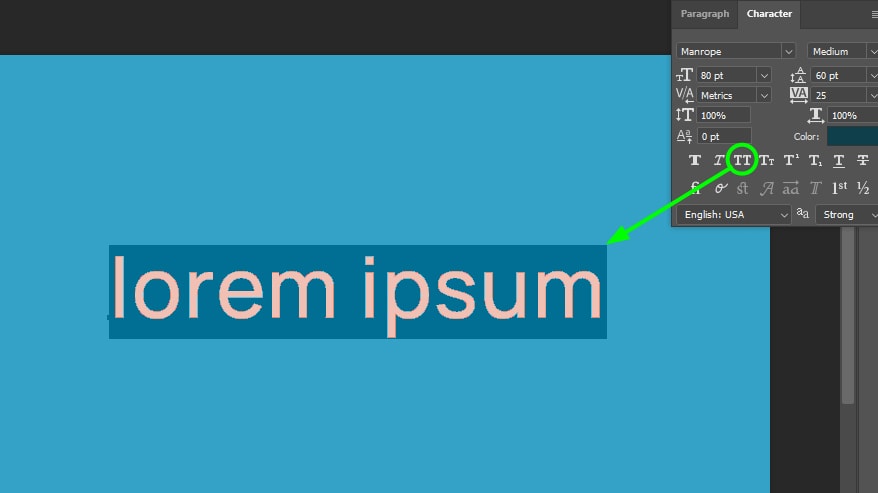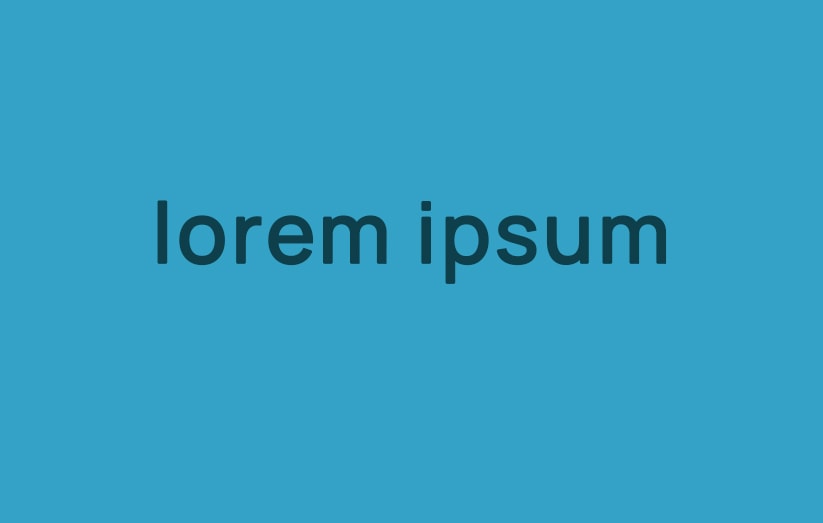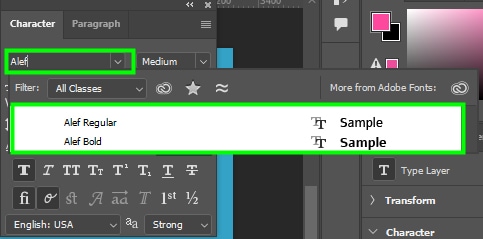

In Adobe InDesign, you can select Letter or A4 from the Page Size drop-down menu when you go to File > New > Document. That’s Letter (215.9 x 279.4 mm) if you’re in the US, or widely accepted A4 (210 × 297 mm) if you’re in Europe or Australia. If you’re designing your resume in a design program like InDesign or Photoshop, make sure to set the document or canvas to a widely accepted standard page size. Too small? It’s not going to look good when photocopied onto a sheet of A4 (plus don’t even get me onto the eye-wincingly small font size-see Tip 4, below).

If your resume’s too big, your potential employer might struggle to fit it in their photocopier or scanner. There is absolutely nothing more off-putting than a resume that’s been designed on a non-standard page size.

This may not be the most exciting thing to think about when designing your spectacular resume, but page size is absolutely key to guaranteeing your resume gets circulated around the office. Looking for a cool resume but not sure where to get started? Check out the easy-to-edit resume templates on GraphicRiver and Envato Elements.

Read on to find out how to make an employer go ‘Oooh!’ when they open up your application envelope. The sample resume design pictured here would make a great application for a graphic or web designer, but you’ll find you can apply the same key design techniques to other job applications and always end up with a resume that will showcase your credentials in their best light. Here I’ll break down the key building blocks of a perfectly tuned resume design. The design of your resume is, some would argue, just as important as the content, and especially if you’re applying for a creative role, the layout and typography can speak volumes about your professional prowess. If applying for that dream job is on your to-do list this year, you’ll want to dust off your resume and give it a refresh.


 0 kommentar(er)
0 kommentar(er)
